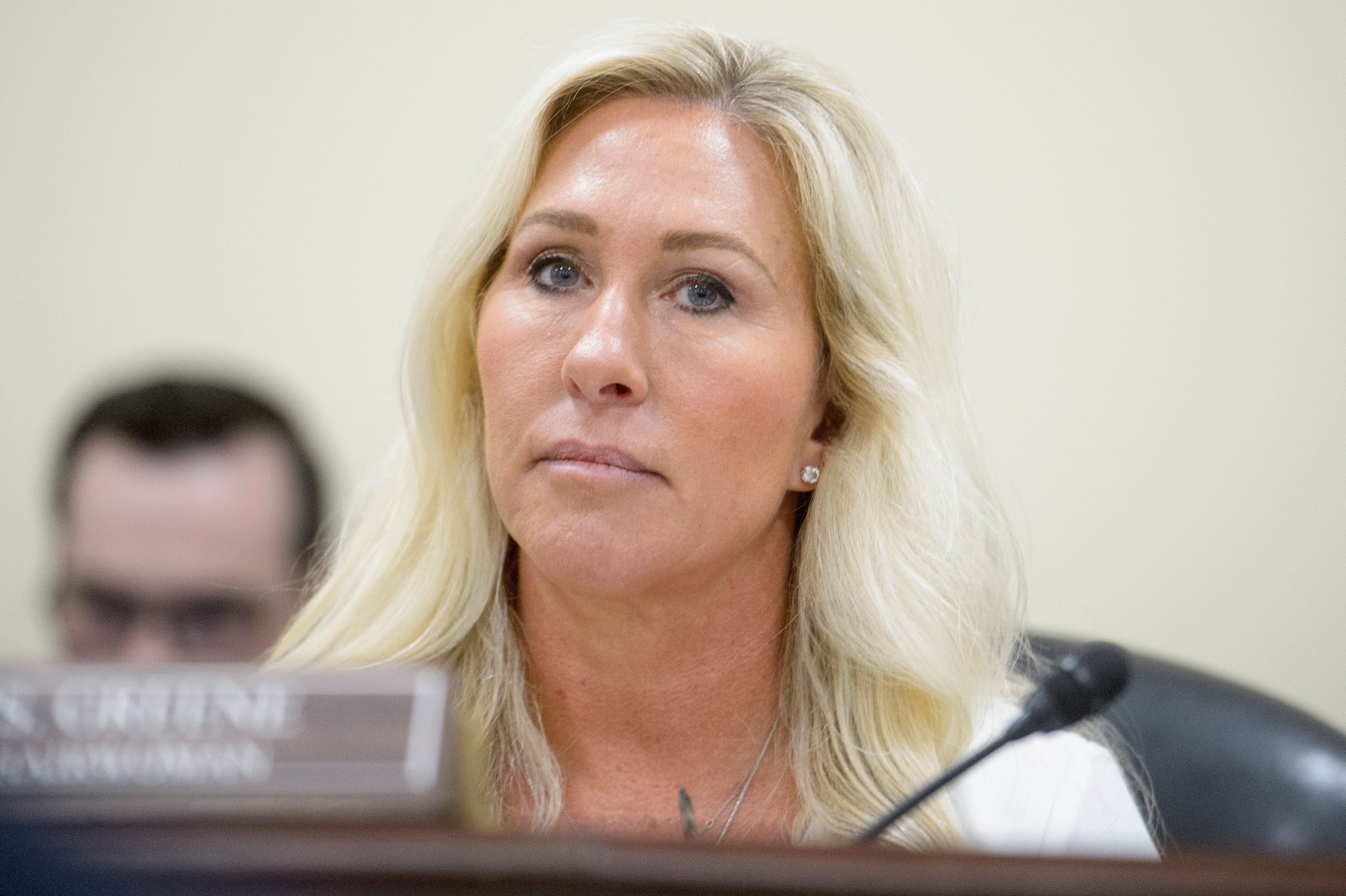NEW YORK (AP) — For more than a year, the U.S. stock market went in mostly one direction, up, and in mostly one manner, quietly. A bonanza around artificial-intelligence technology helped drive Big Tech stocks higher, while other areas of the market held up amid rising hopes for coming cuts to interest rates by the Federal Reserve.
Last month the S&P 500 suffered its worst one-day loss since 2022. A measure of fear among investors in U.S. stocks also hit 19.4, its highest level since a blip above 21 in April, the last time waves caused a ripple in the placid market’s surface. It averaged 15.9 from the start of 2023 until July.
Some of the turbulence came on fears that profit reports for Big Tech stocks won’t be able to clear the immensely high expectations set for them after their prices surged so high.
It also was a result of a stock market finally shifting to a “show me” phase, now that cuts to interest rates seem imminent, according to Lisa Shalett, chief investment officer at Morgan Stanley Wealth Management.
Instead of rising simply on hopes that the Fed will cut its main interest rate from the highest level in two decades, stocks will now move based in part on the pace and size of those potential cuts. The nearly unanimous expectation among traders is that the Fed will begin cutting in September.
If the Fed’s rate-cutting campaign proves slower or less deep than traders expect, investors could be disappointed. The risk for that is high, given forecasts by many traders that the Fed will cut its main interest rate by 1.50 percentage points over the next year. That’s much faster than the quarterly cuts to rates that Goldman Sachs economist David Mericle was predicting recently, for example.
The Fed has been holding its federal funds rate at a range of 5.25% to 5.50% for roughly a year.
Inflation could prove more resistant to dropping back to the Federal Reserve’s 2% target than many investors expect, which could force the Fed to cut rates more slowly. Only a few months ago several discouraging reports on inflation raised doubts about whether any cuts to rates would arrive in 2024.
Central banks around the world are also making moves, such as the Bank of Japan's upward bias on rates while other central banks going the opposite way. That’s not to mention possible swings for the market that could arise because of the upcoming U.S. election.
“Bouts of volatility like we’ve seen are a defining feature of the new macro and market regime, we think,” say Jean Boivin and other strategists at BlackRock Investment Institute.









